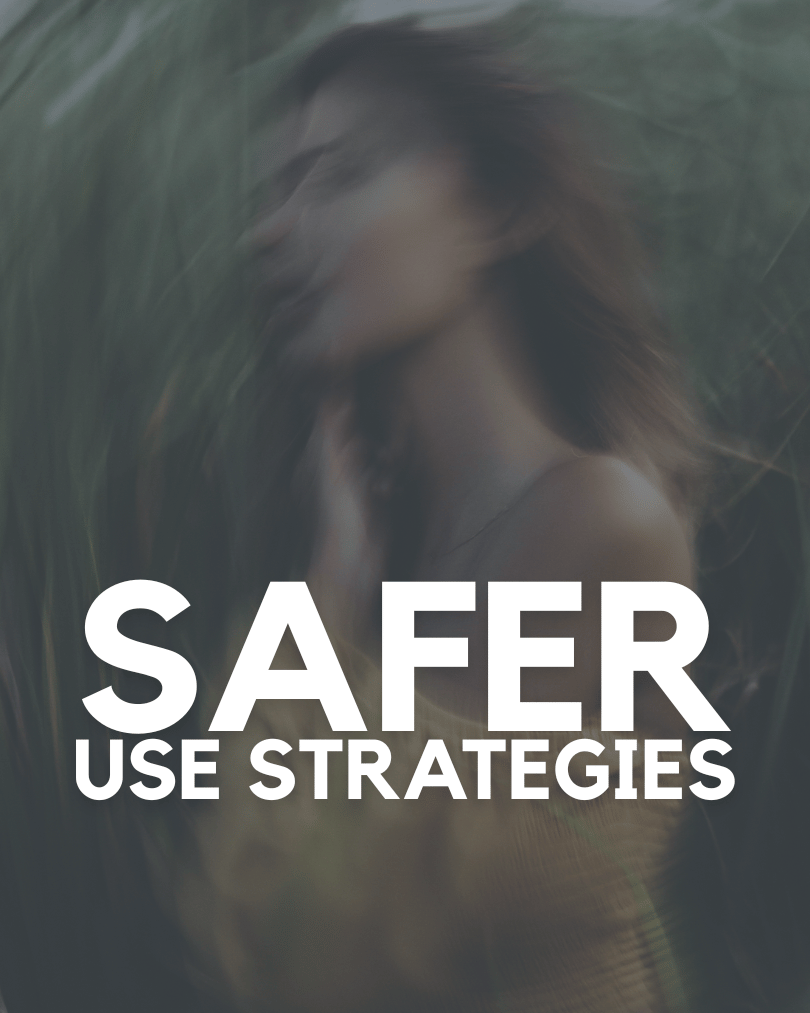Overdose Awareness Month
You are worthy of care, respect, and resources that meet you where you are.
Join us on August 23rd at the OCH The Dalles Clinic for our annual Overdose Awareness Walk!
How to talk about substance use
You don’t have to go through this alone.
Talking about substance use can open the door to support, safety, and understanding.
Start with someone you trust.
You control what you share and when.
It’s okay to say:
💬 “I’ve been struggling lately.”
💬 “I want to talk, but I don’t know where to start.”
Start small—your story is yours to tell.
Choose a moment where you feel safe and supported.
Some people prefer texting, others prefer face-to-face.
There’s no wrong way—just what feels right for you.
Being real about what you’re experiencing is brave.
You don’t need to have a plan or answers—just honesty.
That’s where healing starts.
What Is safer use?
Safer use strategies is about keeping people safe and healthy—no matter where they are in their journey.
It includes practical tools and resources to help prevent overdose and other health risks.
Common safer use Strategies
✔️ Carrying naloxone (Narcan)
✔️ Using clean supplies
✔️ Not using alone
✔️ Testing for unknown substances
What to Do in Case of an Overdose
Know the signs
An overdose may look like:
🔸 Unresponsiveness
🔸 Slow or no breathing
🔸 Blue or gray lips and fingertips
🔸 Gurgling or snoring sounds
Note: If you’re unsure—treat it as an overdose.
Call 911 Immediately
Stay calm and dial 911.
Tell them:
📍 Your location
⚠️ What you suspect was used
💬 That the person is unresponsive or not breathing
Good Samaritan laws may protect you from legal trouble—don’t wait to call.
Give Naloxone (Narcan)
Lay the person on their back
Tilt their head back
Spray 1 dose into a nostril
Wait 2–3 minutes
Give another dose if no response
Support Their Breathing
If they’re not breathing normally:
👐 Start rescue breaths—1 breath every 5 seconds
💨 Continue until help arrives or they start breathing on their own
If trained, perform CPR if needed.
Local + National Resources
Providence Gorge Counseling and Treatment Services (Hood River, OR)
Offers intensive outpatient programs for adults dealing with substance use disorders.
📍 Address: 814 13th Street, Hood River, OR 97031
📞 Phone: (541) 387-6138
Mid-Columbia Center for Living (Hood River & The Dalles, OR)
Provides mental health, addiction, and crisis services, including peer support and family programs.
📍 Locations: Hood River and The Dalles, OR
Hood River County Prevention Department (Hood River, OR)
Provides substance use prevention education, naloxone distribution, and community outreach across Hood River County.
📍 Address: 309 State Street, Hood River, OR (inside the Hood River County Courthouse)
📞 Phone: (541) 386-2500
Skamania County (Stevenson, WA)
Provides 24 hour crisis support, group therapy, assessments, individual sessions, case management, employment support, referrals to detoxification, and Drugs No More program.
📍 Address: 710 SW Rock Creek Dr. Stevenson, WA 98648
📞 Phone: (509) 427-3850
Klickitat County Substance Abuse Recovery (Klickitat County, WA)
The Washington Recovery Help Line will offer 24-hour emotional support and referrals to local treatment services for residents with substance use.
📞 Phone: (866) 789-1511
Alcoholics Anonymous
Help for alcohol problems
📞 Phone: (503) 223-8569
Al-Anon
Help for family and friends with alcohol/drug problems
📞 Phone: 1-800-344-2666
Narcotics Anonymous
Help for drug problems
📞 Phone: 1-818-700-0700






